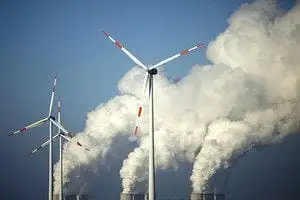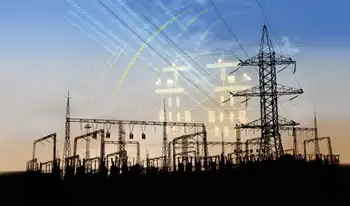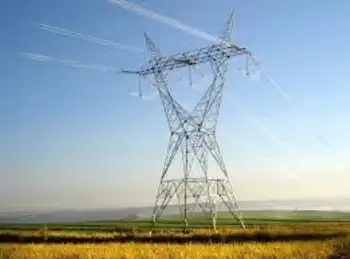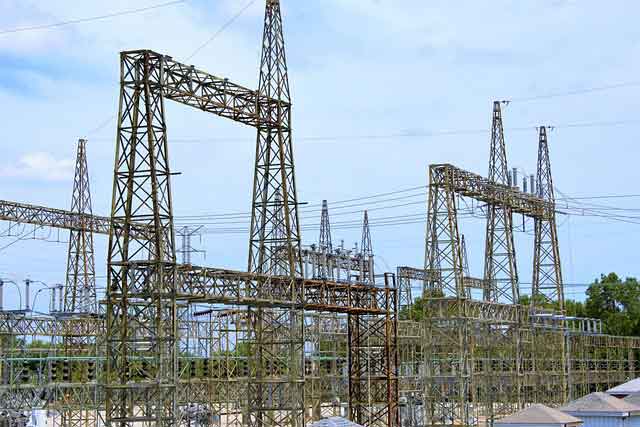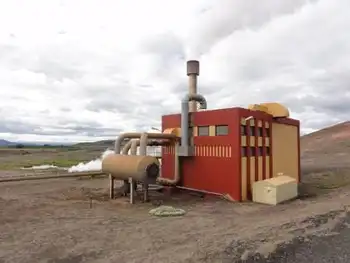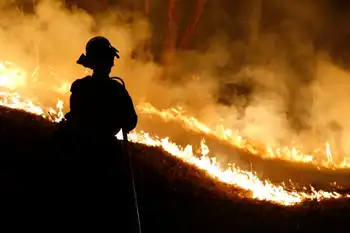Price rise blowing in the wind: Demand for green energy causes shortage
By Knight Ridder Tribune
Arc Flash Training CSA Z462 - Electrical Safety Essentials
Our customized live online or in‑person group training can be delivered to your staff at your location.

- Live Online
- 6 hours Instructor-led
- Group Training Available
Green Mountain Energy, an Austin, Texas, company that sells "green" energy to consumers in New York state and elsewhere, has cut back on the amount of wind energy it sells because of reduced supply and rising costs. The company sent a letter to customers in the National Grid territory explaining it was increasing the price of its green energy product, called Pollution Free, and decreasing the amount of wind energy that is included in the product's mix of hydro and wind energy. In New York state's deregulated energy market, consumers and businesses can choose their own electric supplier.
They also can choose from a variety of products, from fixed-price electricity rate plans to green energy plans. Like other green energy suppliers, Green Mountain does not actually deliver power directly from wind or hydro generation plants. Rather, it buys renewable energy certificates - officially known as renewable energy "attributes" - from power producers. This adds about $10 a month to the typical National Grid bill. But in its Aug. 21 letter to customers, Green Mountain said "changing market conditions" have led to "reduced availability and higher prices for wind energy in New York." As a result, the company is increasing its charge for green energy from 1.5 cents per kilowatt hour to 1.6 cents.
It is also decreasing the amount of wind energy included in its Pollution Free product from 30 percent of the mix to 10 percent. The remaining 90 percent will come from hydro plants, which are plentiful in the state.
John Holtz, Green Mountain's east region director of operations, said the state's renewable energy program - known as the Renewable Portfolio Standard - is consuming a lot of the wind energy supply in the state, making it more difficult for Green Mountain obtain a supply. He said it is also driving up wind energy prices.
The Renewable Portfolio Standard was created in 2004 by the state Public Service Commission.
It is designed to boost the amount of renewable energy used in the state to 25 percent of the total supply by 2013. The program is administered by the New York state Energy Research and Development Authority. Consumers and businesses support the program through a small fee known as the System Benefits Charge that is included in all utility electric bills.
NYSERDA uses the money to bid on the output of wind farms and other renewable energy sources. That's intended to encourage further development of wind farms, guaranteeing a market for the power so investment banks will be willing to finance additional capacity.
A PSC report published last month says NYSERDA's bidding has led to about $1.9 billion in investment in new renewable energy projects and enough clean energy generation to power 400,000 homes.
Paul Tonko, NYSERDA's chief executive officer, said he understands Green Mountain's position. There are other market forces that are also driving up the cost of wind energy in the state, including the cost of steel and global competition for wind projects, Tonko said. But he said NYSERDA's purchases are helping to expand the market, which makes ore wind power available in the future. "Until you get that robust, competitive market, we have to aid and abet," Tonko said.





